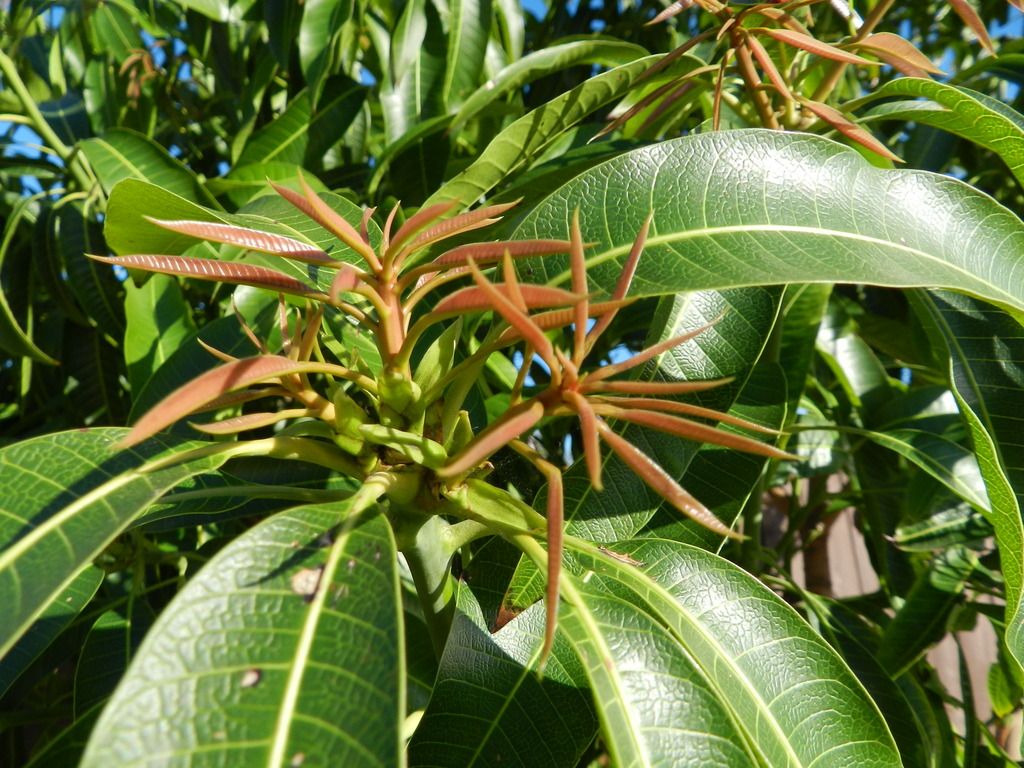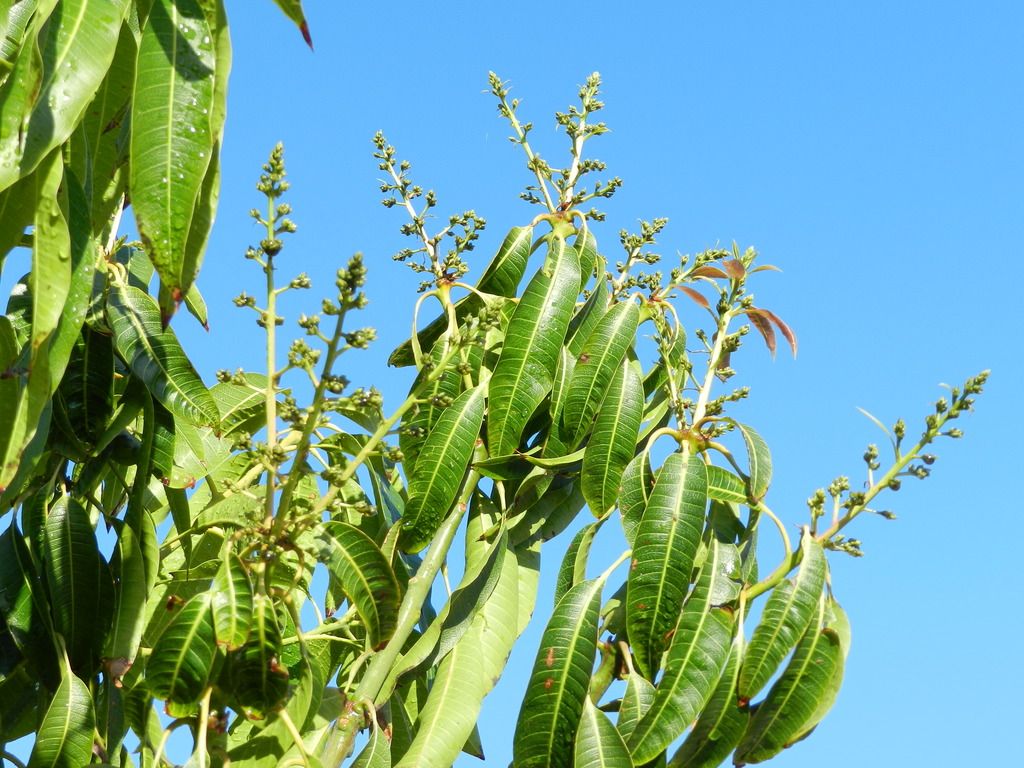gsbotanico, thank you very much for the post.
I just saw your post today. Fantastic info. And, no, your post was not too geeky for me. I am very familiar with fertilizer composition as I am
into growing tomatoes and learned a great deal about tomato plant chemistry and how the physical properties of the grow media and the specific
chemical properties of fertilizer chemical compounds work...with regard to container tomato growing. I am a complete novice when it comes to citrus
trees.
Very open to any and all advice and info on growing citrus trees. I have one mango tree, one orange tree and one lime tree in Baja and an avocado
tree, Fremont Mandarin orange tree and a key lime tree in California together with 19 container tomatoes. This year, I am conducting 16 different
experiments with container tomatoes after working all year on nailing down (as best I could) chemical attributes of fertilizers and physical
attributes of potting mix.
Over the past year an a half, I fertilized all three fruit trees in La Paz with 17-17-17 for NPK, ammonium sulfate, bone meal (for phosphorus and
calcium), Sul Po Mag for potassium and sulfur, Epsom salts for magnesium and sulfur, and a little store bought compost. The lime tree is doing
gangbusters, the mango tree is recouping quite well and has fruited really well this year (after not setting any fruit last year), but the orange tree
looks really bad and I do not know why. All three trees get plenty of water, but the orange tree is drying up and smaller branches have died, dried
up and broken off for some unknown and inexplicable reason to me. Funny thing, though, the orange tree is setting a lot of fruit, just not that many
leaves left on the tree???
I have a good handle on NPK and the minor macronutrients and the micronutrients for tomatoes, but I know nothing about the like fertilizer
requirements for citrus trees.
One note. Everybody calls 17-17-17 or 10-10-10 or 6-6-6 a "balanced" fertilizer. In my view, there is nothing balanced about it from a chemical
perspective. The 17-17-17 is the % by weight of NPK respectively. But for N, it is that element only at 17%. When you apply the same perspective to
the P in NPK, the 17% means Potassium Oxide compound denoted as P2O5 wherein the P is actually only 43% of the compound it self. The same type of
thing exists for the K in NPK. The K refers to K20 compound where the element K is 83% by weight of that compound. Therefore, to restate NPK at the
'elemental level' it would be more like 17-8-15 and there is nothing balanced about that.
Also, different plants absorb (uptake) nutrients at different ratios. The real trick is to know just exactly how much does a mango tree absorb of the
key nutrients over one entire growing season. If you know that, then you can apply your fertilizers accordingly with accuracy as most fertilizers
disclose their contents by % weight. Without knowing that exactly, one can only guess and thereby wind up using only trial and error. For further
confusion, different citrus tree fertilizers have vastly different compositions and application rates, so, they are not much of reliable guideline
given that they differ so greatly from each other. It's even worse for tomato growing.
Never hear of anybody growing tomatoes in Baja, that is, with few exceptions. The weather in BCS is perfect for tomatoes from January to May.
[Edited on 5-15-2016 by MitchMan] |


















